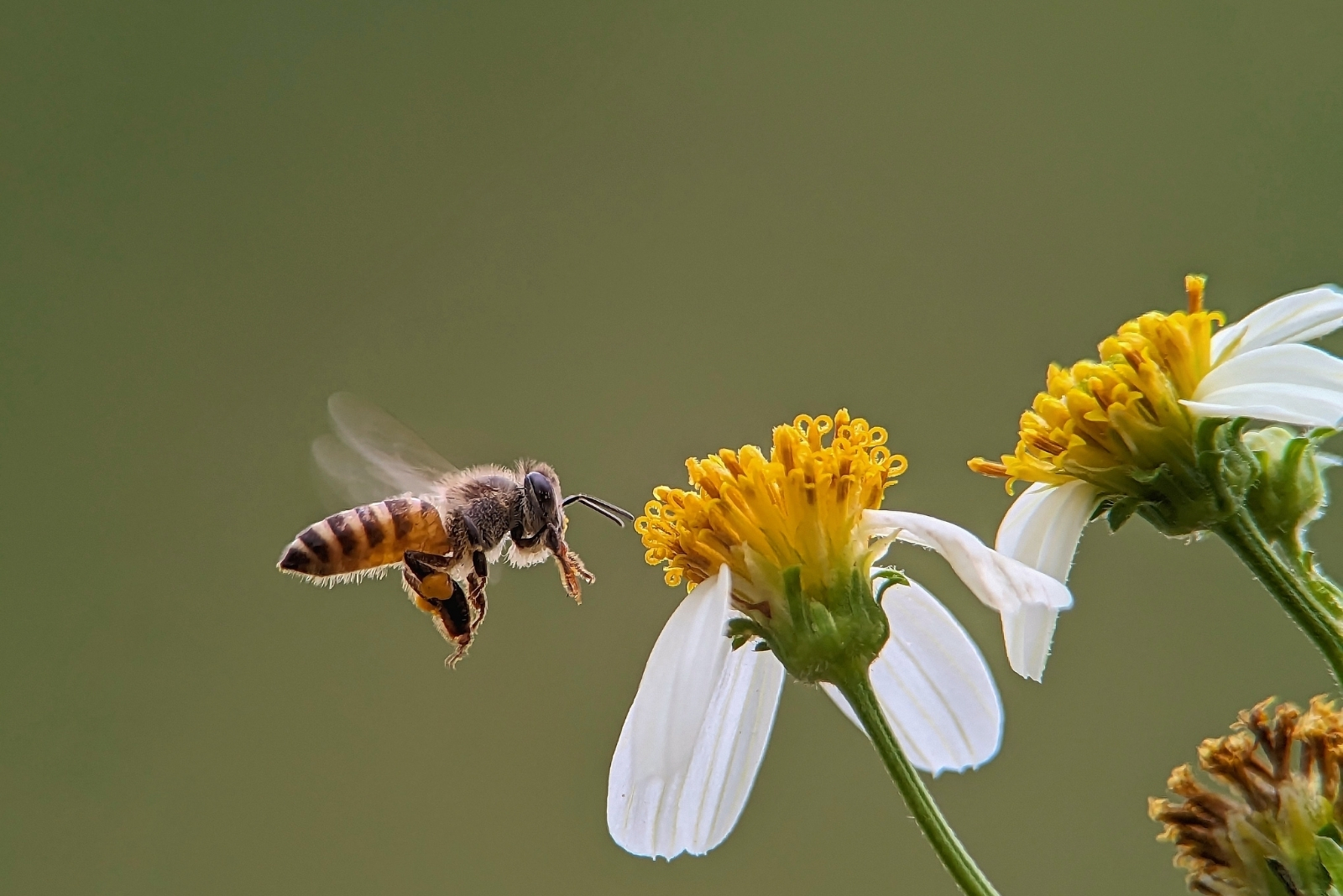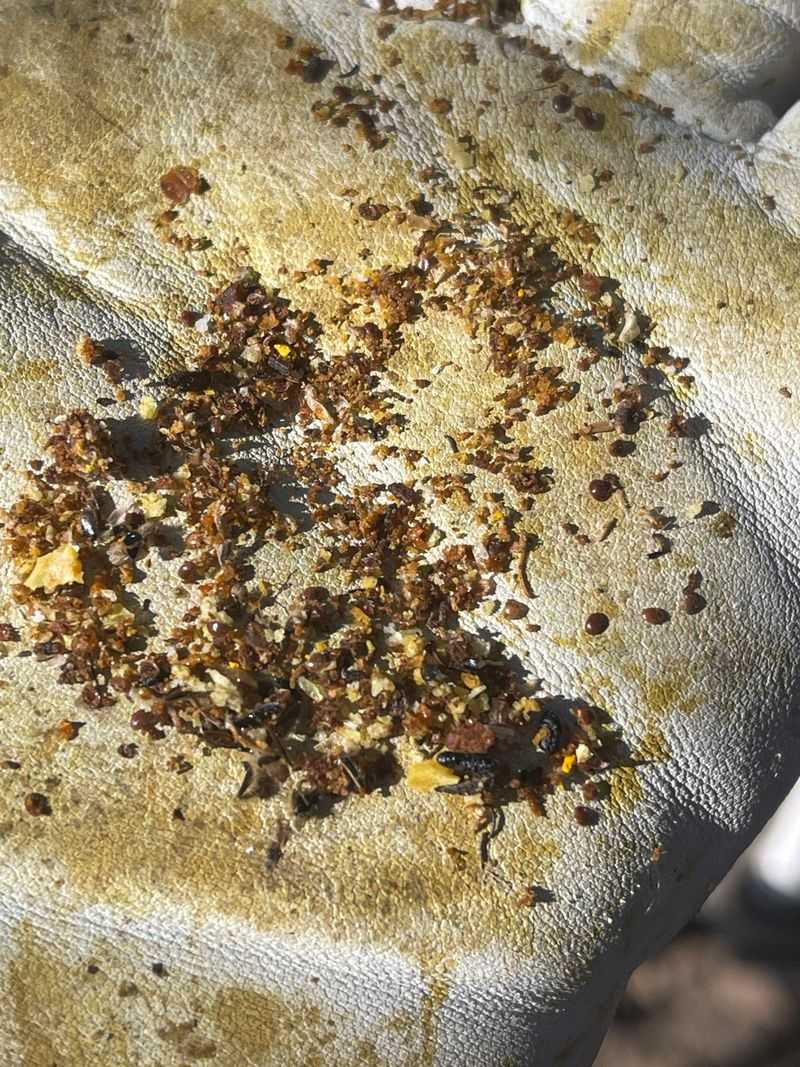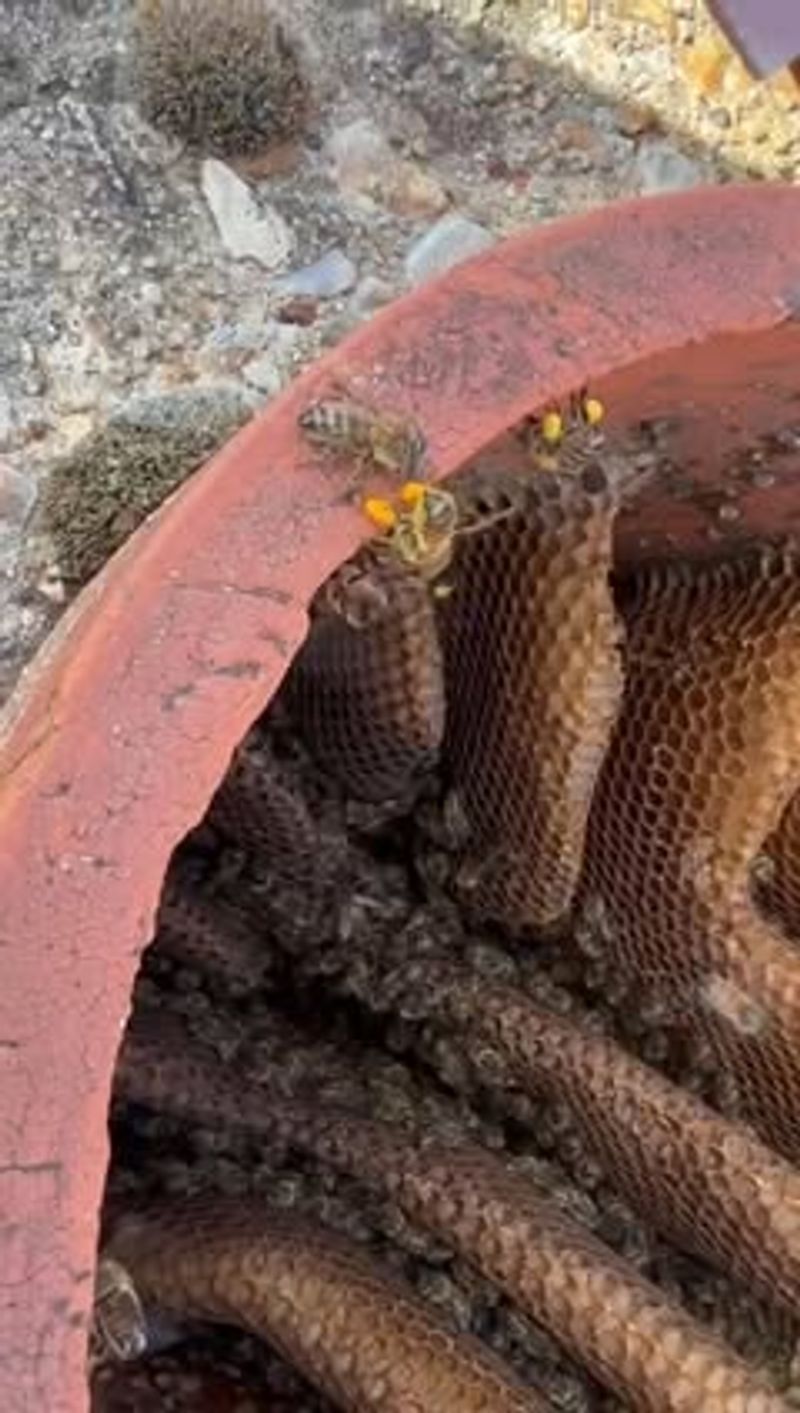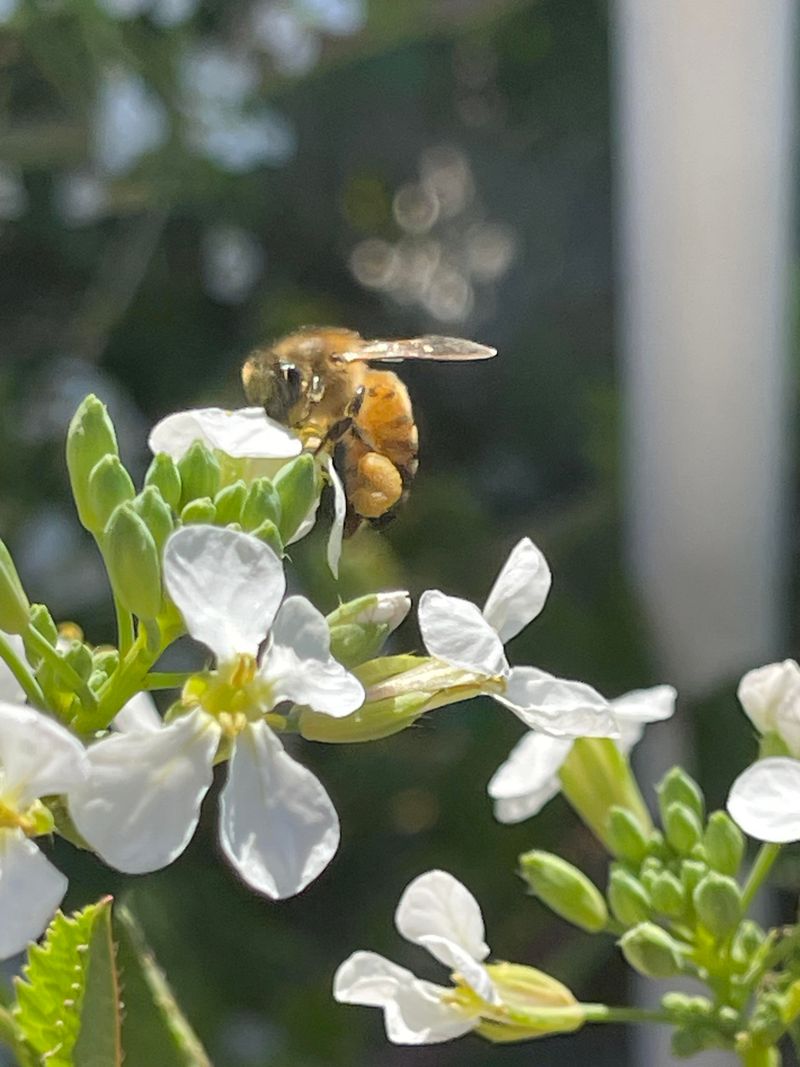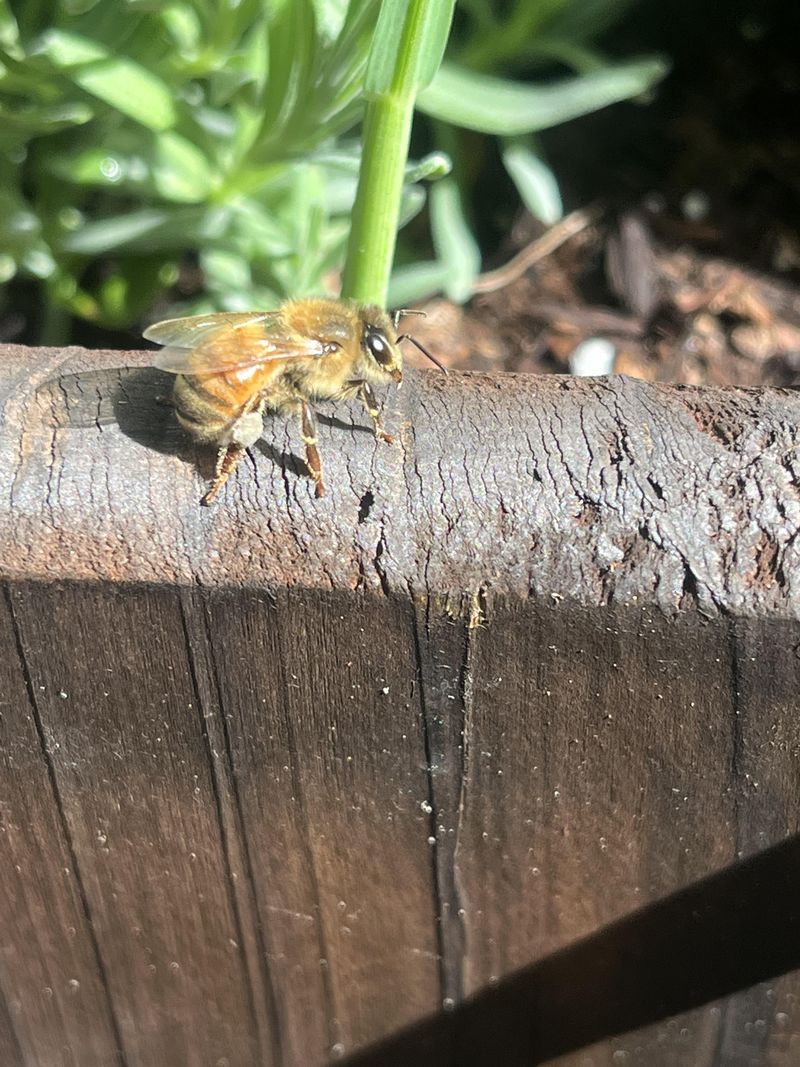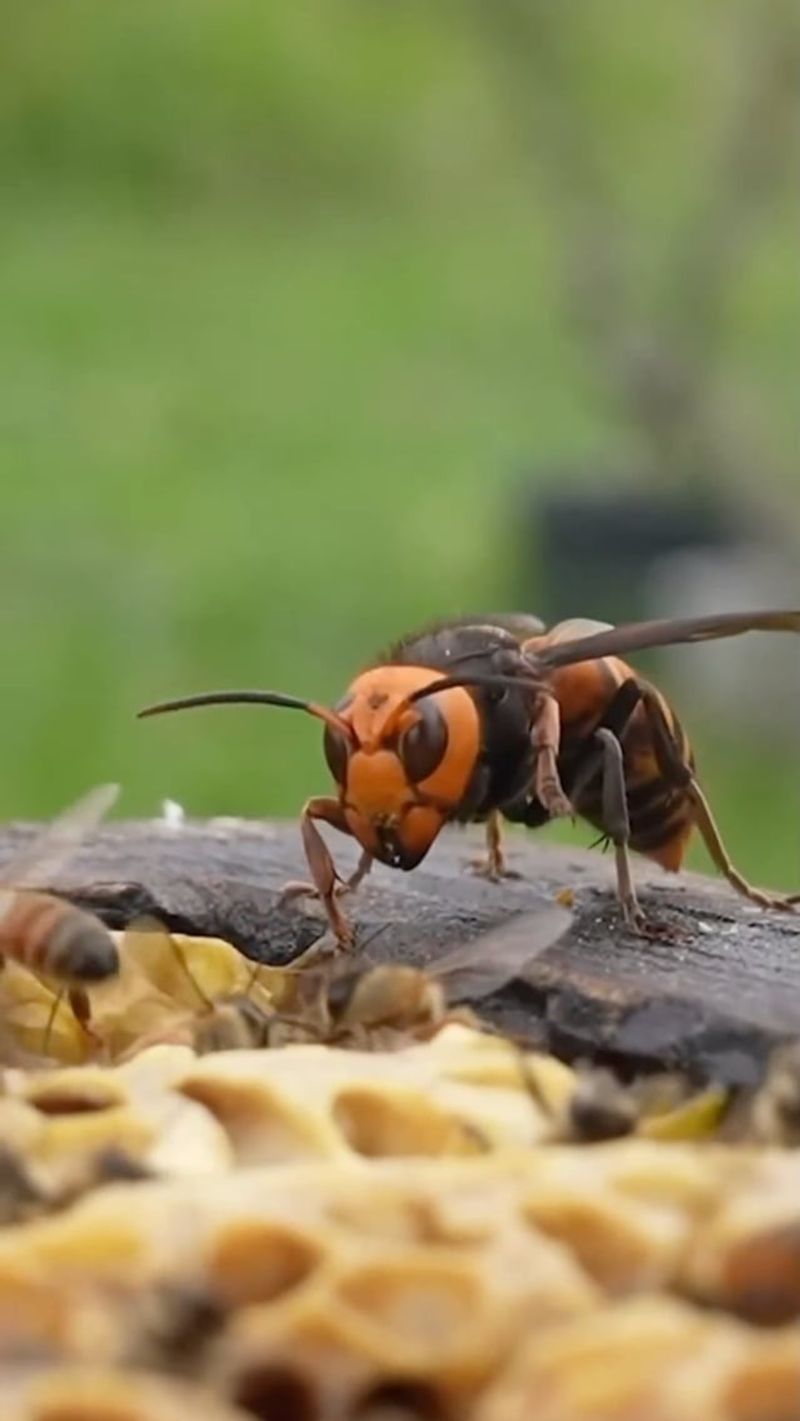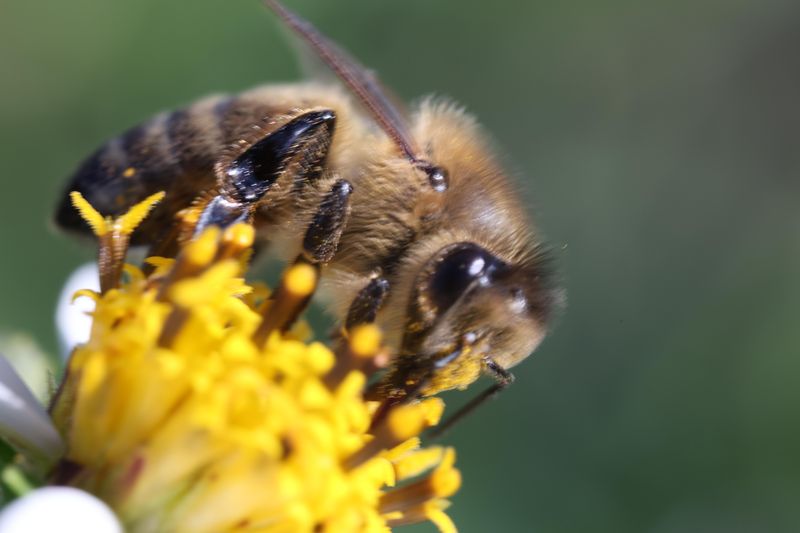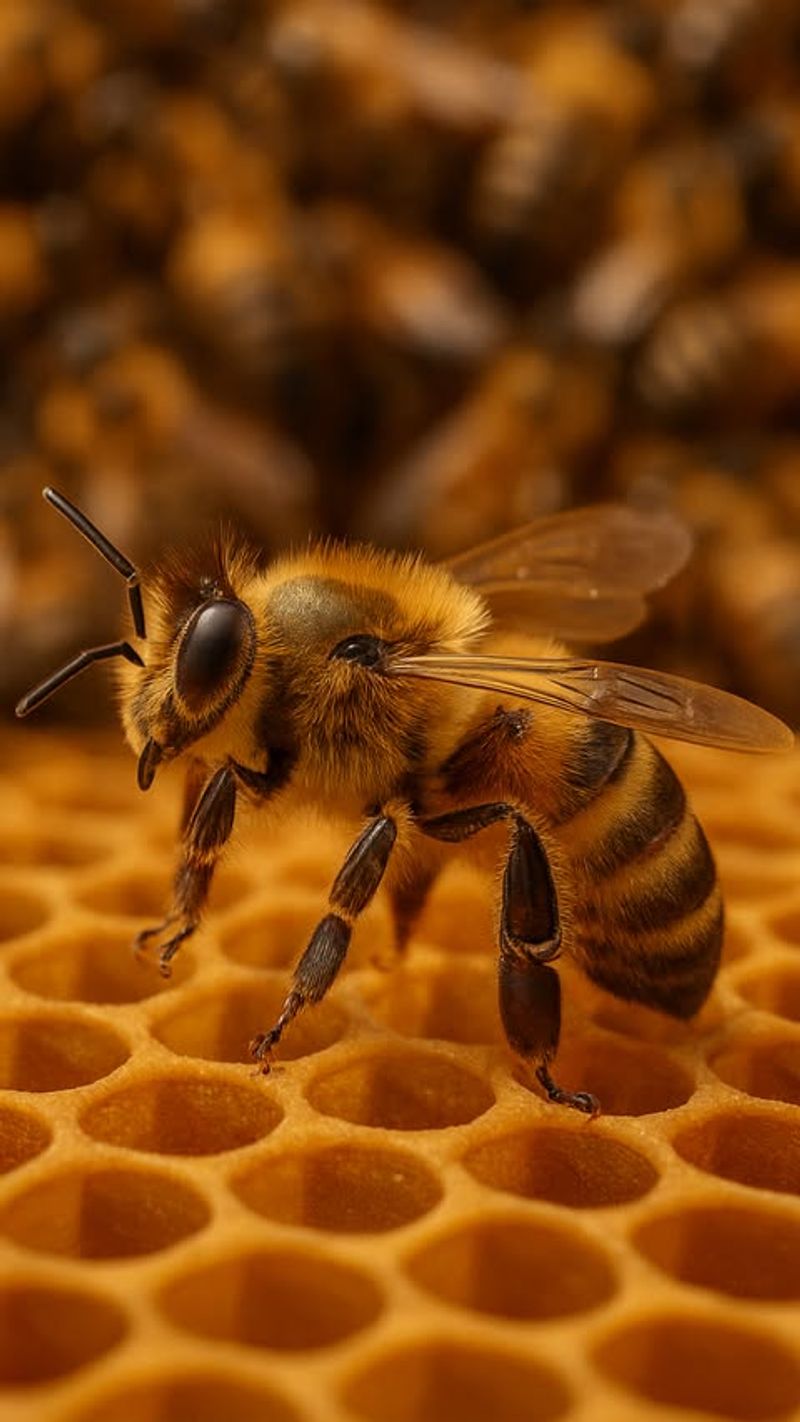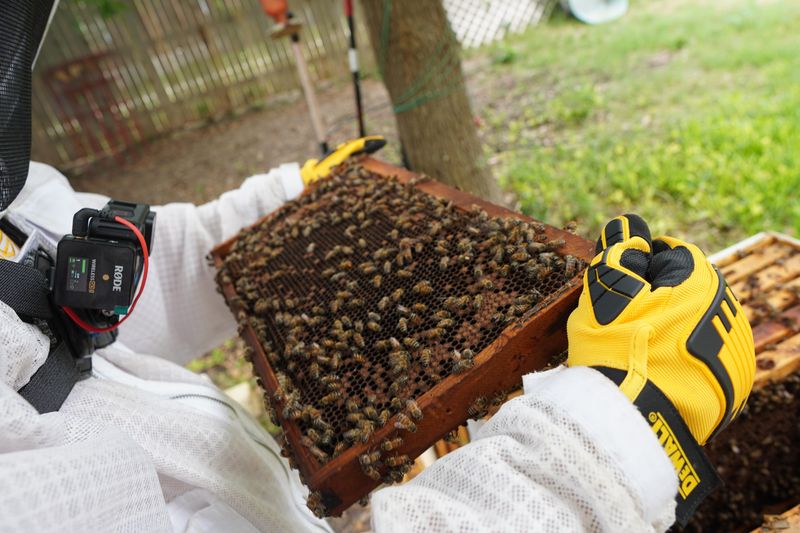California’s buzzing friends are facing some serious challenges. These 9 surprising reasons explain why bee populations are shrinking in gardens across the state.
Understanding the causes is the first step to helping them. Let’s take a closer look at what’s happening in California’s backyards.
1. Neonicotinoid Pesticides
These invisible killers lurk in California’s agricultural heartland, attacking bees’ nervous systems even in tiny amounts. They can remain in soil for years, creating a toxic environment long after initial application.
Many farmers in the Central Valley aren’t aware these chemicals persist in pollen and nectar, creating deadly cocktails bees carry back to their hives.
2. Varroa Mite Infestations
These parasitic hitchhikers have invaded California hives with devastating efficiency. About the size of a pinhead, these vampiric mites attach to bees and literally suck their blood while transmitting deadly viruses.
The warm California climate creates perfect breeding conditions year-round, unlike colder states where winter freezes naturally reduce mite populations.
3. Habitat Fragmentation
California’s rapid urban development has sliced bee territories into isolated patches. Native flowering plants that once carpeted hillsides have been replaced by concrete and non-native landscaping that offers little nutritional value.
Even in agricultural areas, monoculture farming creates feast-or-famine conditions where bees find abundant food during brief blooming periods but face starvation the rest of the year.
4. Climate Change Effects
California’s increasingly erratic weather patterns have thrown bee life cycles into chaos. Early spring blooms followed by sudden freezes leave colonies without food sources during critical development periods.
The state’s prolonged droughts cause wildflowers to produce less nectar, while extreme heat waves can melt honeycomb structures and kill developing larvae inside the hive.
5. Electromagnetic Radiation
The proliferation of cell towers and wireless networks across California might be scrambling bees’ internal navigation systems. Research suggests electromagnetic frequencies interfere with the tiny magnetite crystals bees use to orient themselves.
Silicon Valley’s tech boom has created some of the densest concentrations of wireless signals in the country, potentially explaining why nearby agricultural areas experience unusual bee disappearances.
6. Invasive Species Competition
California’s ports have unwittingly welcomed foreign insect invaders that outcompete native bees. The Asian giant hornet, recently spotted in the state, hunts honeybees with brutal efficiency—a single hornet can decimate entire hives in hours.
Other exotic species like the African honey bee have introduced aggressive genes into local populations, making colonies more defensive and less efficient at pollination.
7. Agricultural Monocultures
California’s vast single-crop landscapes create nutritional deserts for bees most of the year. Almond orchards, spanning over 1.3 million acres, require billions of bees for just three weeks of pollination, then offer nothing afterward.
The practice of trucking hives across the state for different blooming seasons stresses colonies and facilitates disease spread among California’s commercial beekeeping operations.
8. Colony Collapse Mystery
A puzzling phenomenon unique to California’s agricultural zones leaves hives empty overnight. Workers vanish without leaving dead bodies behind, abandoning their queen and brood in otherwise healthy-appearing colonies.
Scientists suspect a combination of stressors creates a tipping point where bees’ cognitive functions fail, preventing them from returning home—a problem particularly acute in California’s pesticide-heavy growing regions.
9. Light Pollution
California’s brightly lit cities and highways create artificial daylight that disrupts bees’ natural rhythms. Night-flying pollinators become disoriented by illuminated landscapes, while daytime foragers experience extended work hours that deplete their energy reserves.
The state’s coastal urban centers produce light domes visible for miles, affecting wild bee populations that would normally navigate by stars and moonlight during seasonal migrations.

